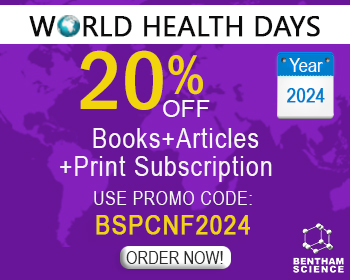Abstract
Background: A large number of scientific researches have been reported for isatin and its Schiff base metal complexes, but there is no detailed compilation of these isatin Schiff base metal complexes with their biological properties. This review may help scientist to develop new drugs with more potent activity and specificity in their action.
Method: This review is designed according to the different metal complexes of different metal ions complexed with isatin Schiff base ligand. It includes introduction about isatin, its biological activity, details about schiiff base and then details about metal complexes. All the metals involved in the formation of isatin Schiff base metal complexes were discussed in this review with their biological activities.
Results: Sixty papers were included in the review, among which thirty seven papers included complete introduction about isatin, its Schiff base and metal complexes. Eleven papers basically described different metal complexes synthesized by different scientists, their biological study and structures. Twelve papers included all the data related to the structure of different metal ion complexes, their reactivity at different positions, etc.
Conclusion: The findings of this review confirm the importance of complexation with metal ions; it confirms that on complexation, biological activity of metal complexes increases in comparison to isatin Schiff base. This review may contribute in future research as structure activity of the complexes was also discussed in detail.
Keywords: Metal complexes, isatin, schiff base, biological activity, antimicrobial, anticancerous.




























